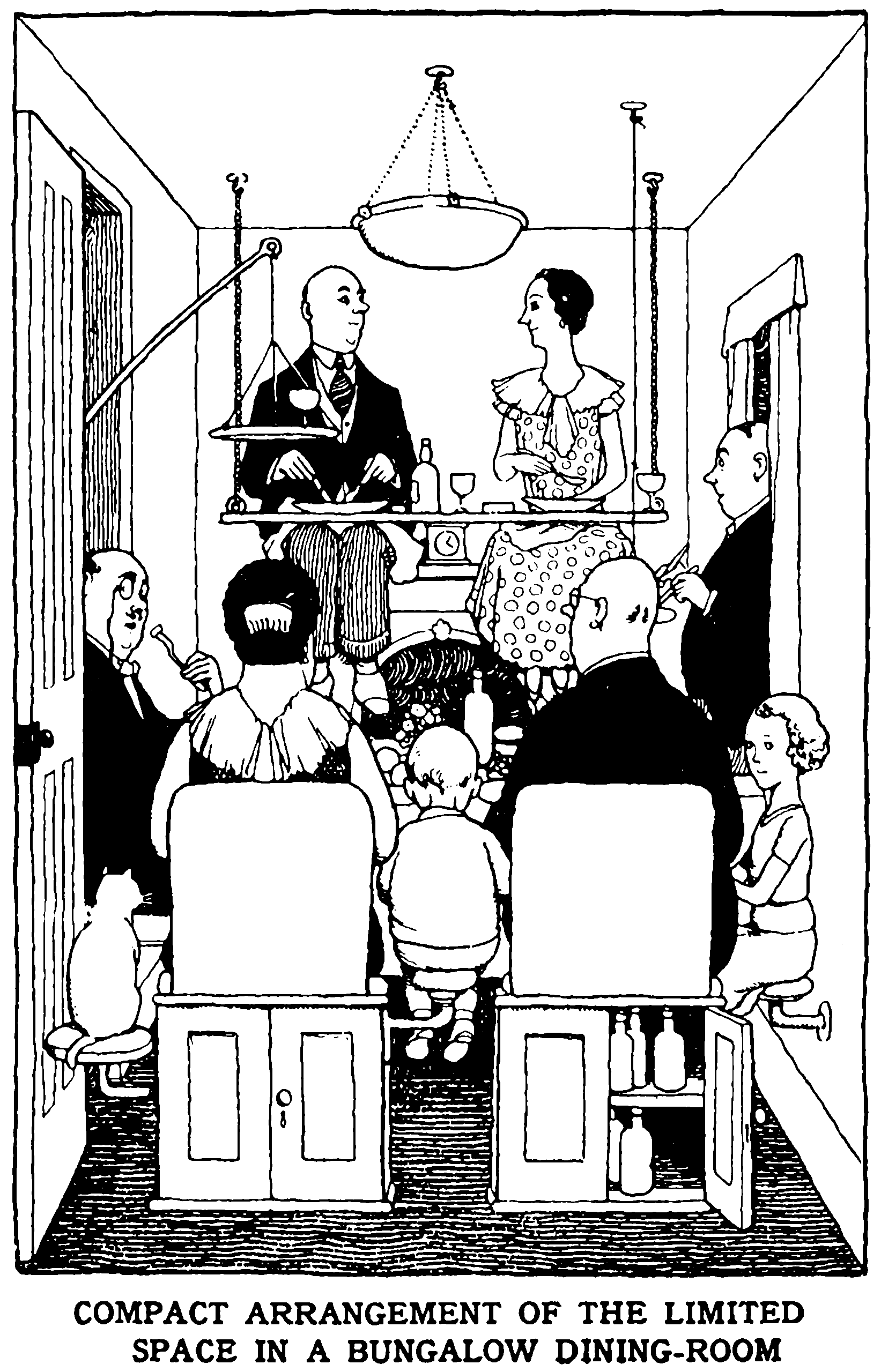Exit/voice dilemmas
Fix this one or build another?
December 17, 2018 — September 18, 2023
Suspiciously similar content
Exit, Voice, and Loyalty (Dowding 2016; Hirschman 1970) is an interesting lens to examine people’s use of movements and identities. 🚧TODO🚧 clarify in the context of Schumpeterian creative destruction, and of adverse selection of who remains in a category.1
Warrens, Plazas and the Edge of Legibility addresses The Evaporative Cooling Effect.
1 Gender
Brubaker (2023) wrote an essay on this so that I do not have to.
Albert Hirschman’s exit-voice paradigm provides a useful lens for analyzing the current neo-categorical phase of gender politics in which attention has shifted from the content of the binary gender categories to the structure of the gender category system. During this phase of categorical destabilization, exit from originally assigned categories—in bureaucratically recorded, statistically reported, and informally negotiated forms—has become culturally legitimate and institutionally supported in a broadening range of milieus. Hirschman’s paradigm brings into focus the selectivity of exit and its potentially—and paradoxically—stabilising consequences for the traditional gender order. The increased ease and pronounced selectivity of exit can channel dissatisfaction with gender arrangements into exit rather than voice or—as exit may itself be a form of voice—into individualized, psychologically driven forms of voice. And the selective exit of gender-nonconforming individuals from originally assigned categories can reinforce the stereotypical associations of these categories with gender conformity.
2 Political movements
Much to wonder about here.
3 Households
Gonalons-Pons and Calnitsky (2022)
4 References
Footnotes
C&C adversarial classification.↩︎
